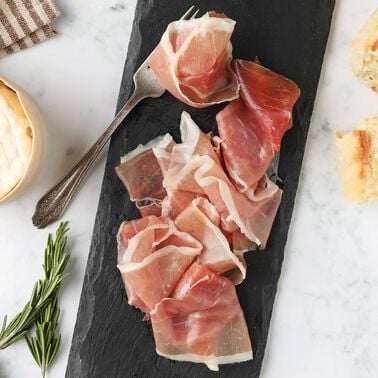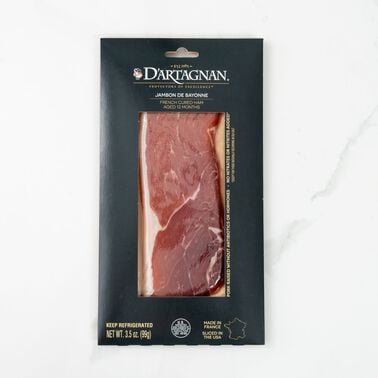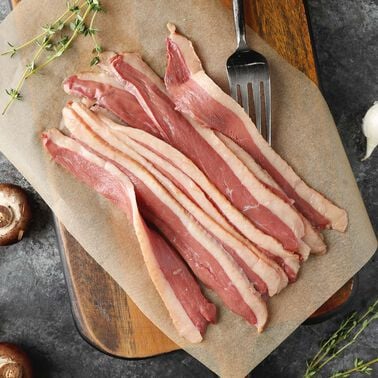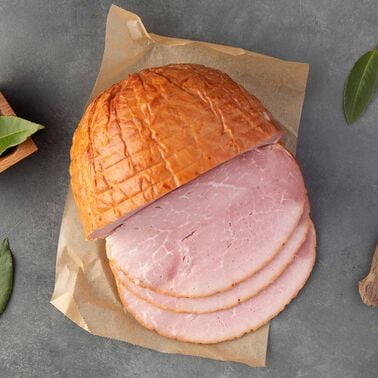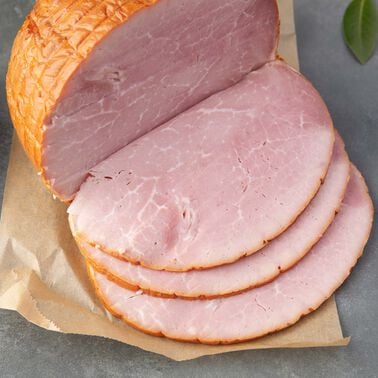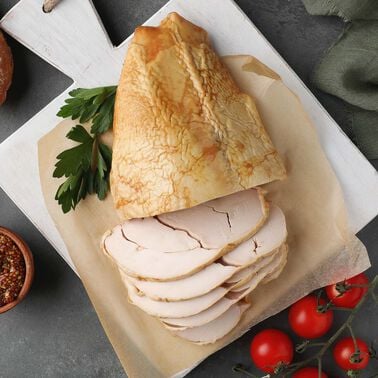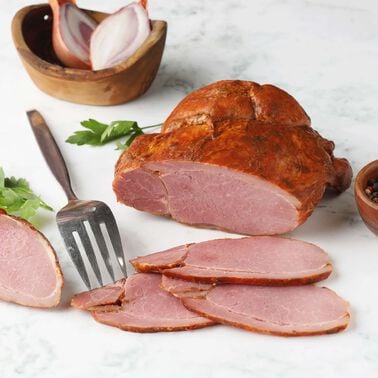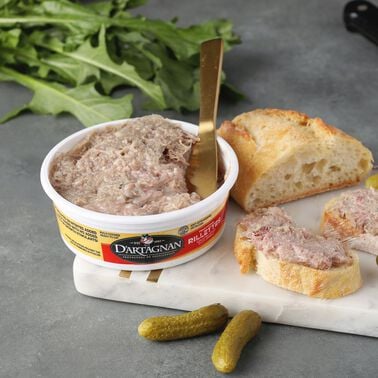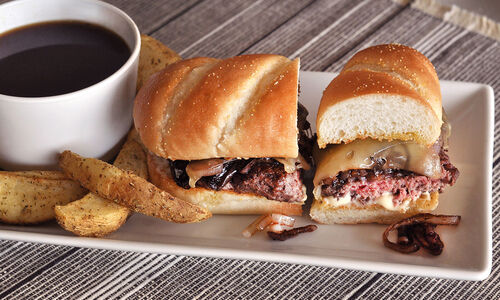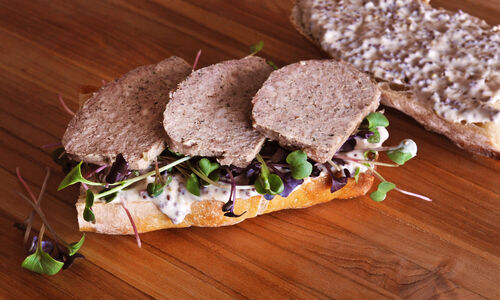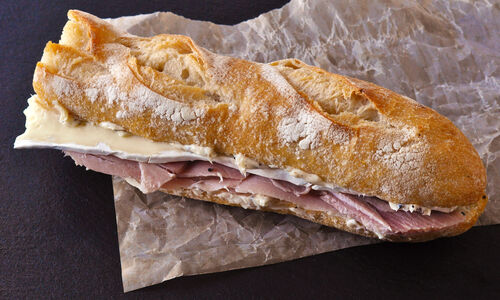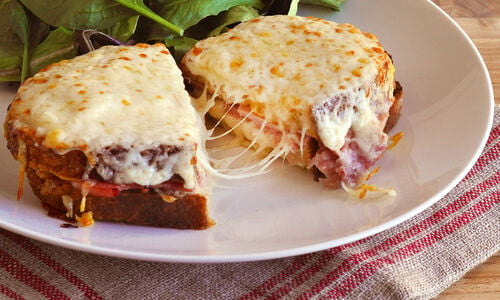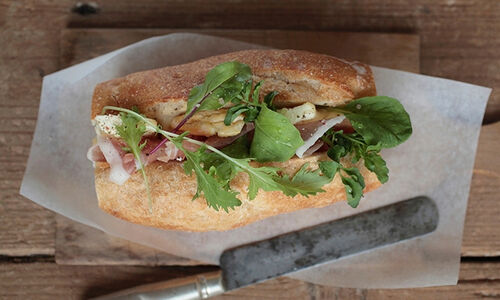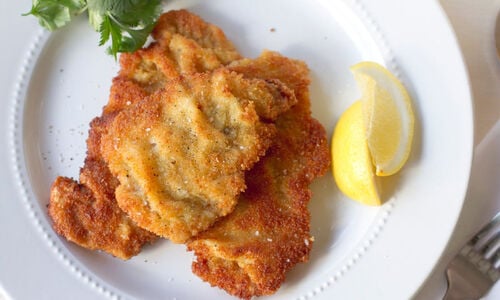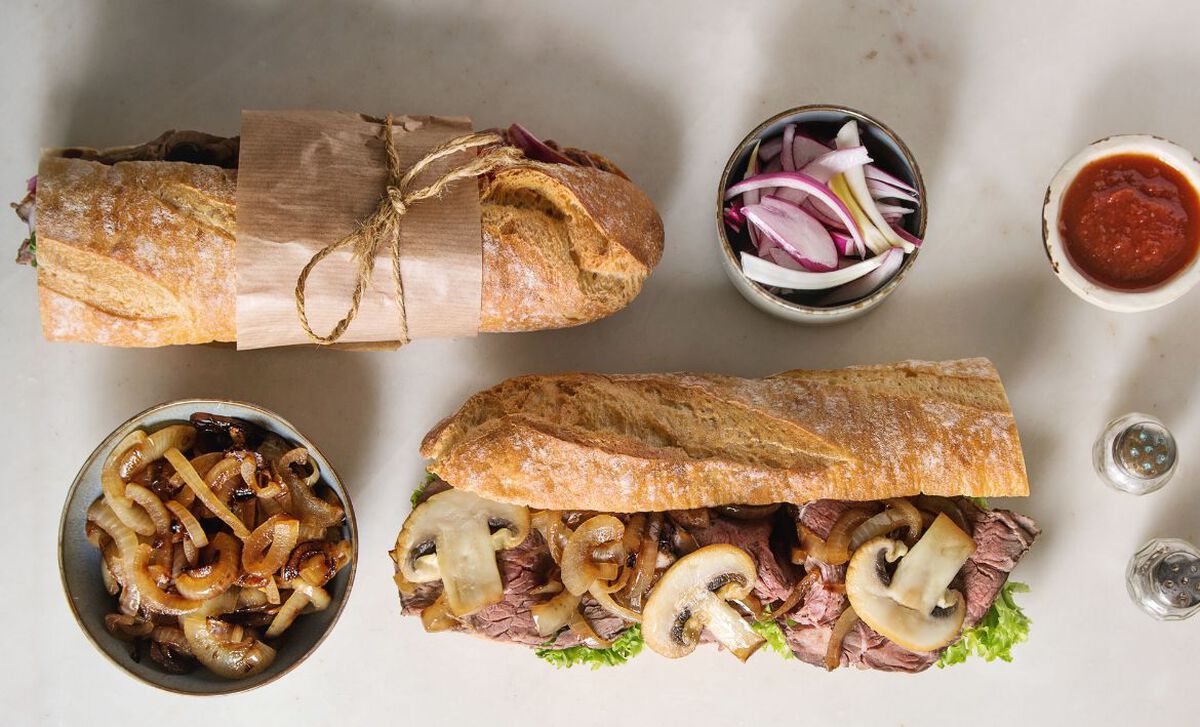
The term “sandwich” comes to us from 18th century England and the 4th Earl of Sandwich, who was said to be particularly partial to eating a bit of meat between two slices, as it allowed him to eat while working at his desk (or playing cards, as some of the stories say) and keep his hands clean. His co-workers (or fellow card players) starting taking to saying “I’ll have what Sandwich is having” and from there, it was a quick slide into calling this particular dish the sandwich.
In these times, a sandwich can contain nearly anything, from peanut butter and jelly to gourmet charcuterie. A classic deli sandwich often features ingredients like roast beef, pastrami or even long-cooked tongue.
One particularly beloved sandwich is the Reuben. Though there are many variations, the true original contains corned beef, sauerkraut, swiss cheese and Russian dressing on grilled rye bread. For those who love a classic, there’s no better sandwich option than a BLT, particularly if it features thick-cut bacon, or wild boar bacon. Although we like ours best with duck bacon, which we call a DLT.
In Philadelphia, you’ll find no shortage of sandwich lovers. That city is home to the Philly cheesesteak, an iconic sandwich that is often imitated, but never quite as good outside the region where it was born. That doesn’t mean that there aren’t attempts to elevate the humble cheesesteak. For a time, one local steakhouse served a $100 cheesesteak, tricking it out with truffle butter, Kobe beef and foie gras.
In 2006, a Massachusetts judge codified the terms on which a sandwich is built, ruling that it must consist of two slices of bread with a filling. This means that burritos, wraps and single slice constructions aren’t sandwiches in the eyes of the legal system. The judge didn’t, however, address where hot dogs, hoagies, cheesesteaks, and subs fall in the hierarchy of sandwiches.
In England, a sandwich is often known as a butty. Australians call them sangers. In the United States there are different regional names for the sandwich: hoagie, hero, sub, grinder, and the po’ boy, to name a few.
A tartine, or open-face sandwich, goes back even deeper into history, to the days before plates had been invented and meals were instead served on trenchers made of hard-baked bread. Countries like France, Germany, Austria, Poland, and the Netherlands all have deep-rooted tartine traditions. The German version of tartine is known as butterbrot and consists of a single piece of bread, a scraping of butter and either a dollop of jam or a slice of meat or cheese. In France, the tartine is a toasted slice of baguette, typically cut from the long side. It is topped with butter and honey or butter and a slice of ham. Of course, a dab of black truffle butter will elevate this sandwich to new levels.
One sandwich that has been getting a lot of attention in the United States recently is the bánh mì (bohn mee), which originated in Vietnam, but is based on the French salad sandwich (lettuce, tomatoes, various vegetables and dressing on a baguette). The bánh mì is a direct result of French colonialism in Indochina since the French brought the baguette, pâté, and mayonnaise that the Vietnamese combined with native ingredients like cilantro, hot pepper, pickled vegetables, and fish sauce to invent this complex and savory sandwich. There is often shredded barbecued pork or duck in the stack of layered pâté and vegetables.
Though it doesn’t seem possible, sandwiches only continue to grow in popularity, with high-end restaurants elevating them to haute cuisine. Gourmet food trucks continue to find new and exciting ways to interpret the lowly sandwich for an appreciative group of people that eat on the go, and like the Earl of Sandwich, often while pursuing some other activity.
